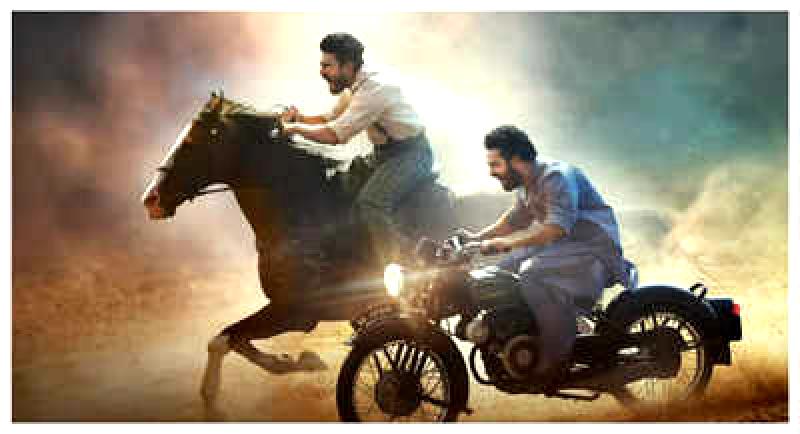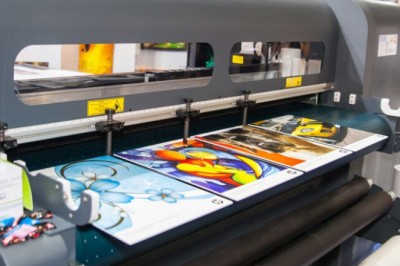
In recent Bollywood releases like Fighter, Bade Miyan Chote Miyan, Chandu Champion, and Animal, heavy-duty action sequences, explosions, and war scenes have increasingly relied on the extensive use of VFX to captivate audiences. How do VFX artists bring these effects to life behind the scenes, adding significant value to these films? We spoke to industry experts who shared insights into their process.
Neelesh Gore, head of computer graphics at a VFX company who worked on RRR (2022), explained that the film involved working extensively with animals. For instance, in the chariot scene, footage of two live horses was combined with computer-generated (CG) horses. Integrating CG elements into live-action footage requires precision and creativity. Similarly, Fighter (2024) featured complex sequences, such as the climax, that demanded detailed VFX work. Meanwhile, N Vinoth Ganesh, head of production at another VFX company, known for his work on movies like Bholaa and Animal, highlighted the task of creating intricate yet realistic action sequences. He emphasized the importance of crafting intense bike and truck chases, as well as explosive combat scenes. Building expansive and immersive digital environments, whether historical or futuristic, necessitates meticulous attention to detail in digital matte painting and 3D modeling.
Despite facing limited budgets and tight deadlines, VFX teams strive to deliver unique action sequences that resonate with audiences. For example, the machine gun scene in Animal garnered significant attention, showcasing the dedication of the VFX team to make the sequence appear authentic. Ganesh revealed the challenges encountered in designing the mechanics for the massive weapon, particularly within the confined space of a hotel. This pivotal sequence aimed to establish a strong connection with the viewers as envisioned by the director.The protagonist of the story had a strong vision for the on-screen portrayal, particularly emphasizing the impact of the gun with multiple muzzle flashes, debris, and people being thrown by the force of bullets. Indian VFX teams face a major challenge when trying to achieve Hollywood-quality sequences due to budget constraints, notes Neelesh. While audiences and clients expect high-quality work comparable to Hollywood, the limited budgets in India create difficulties. Tight timelines further exacerbate the situation, as Hollywood projects typically have more flexibility in scheduling. Films like Fighter elevate the VFX demands, requiring intricate computer-generated shots with realistic physics simulations, explosive effects, and dynamic camera movements. Production designer Rajnish Hedao highlights the reliance on VFX due to fire restrictions and space limitations. For example, in Chandu Champion, set during the 1971 India-Pakistan war, an anti-aircraft gun and firing bullets were created using VFX. To depict scenes with numerous tents, only a few physical tents are built, with the rest added digitally. In Bade Miyan Chote Miyan, a helicopter without rotating blades was constructed and later enhanced with VFX. VFX is also utilized for explosive scenes to maximize impact and comply with safety regulations. VFX production durations vary from six months for projects like Chandu Champion to two years for VFX-heavy films like Brahmastra, with budgets ranging from ₹15 crore to ₹800 crore. Neelesh Gore, a seasoned VFX expert, believes that AI will revolutionize the VFX industry by streamlining workflows, introducing new tools, and driving innovation. Adopting AI with a positive mindset is crucial for VFX teams to harness its full potential.Influencing various aspects of VFX production, AI brings benefits such as automating repetitive tasks, enhancing efficiency, advancing realtime rendering, motion capture, and animation, enabling content personalization, and reducing costs," mentions Neelesh. Meanwhile, N Vinoth Ganesh, another expert, mentions that his team utilizes AI to increase productivity while maintaining creativity, although achieving photorealism poses a challenge. "While AI can aid in VFX processes, attaining truly realistic results remains difficult and necessitates further advancements."











